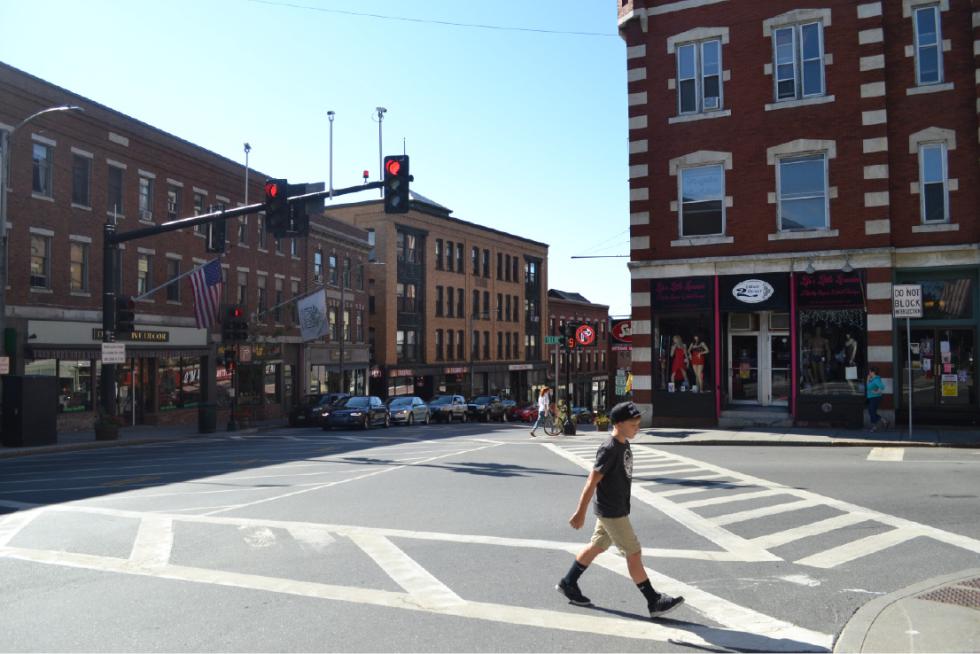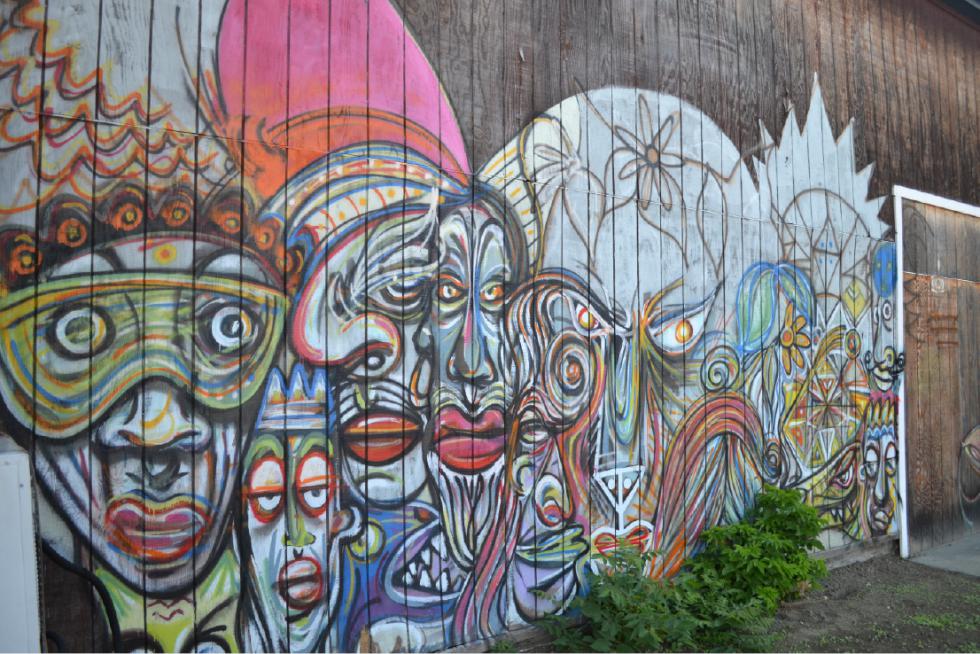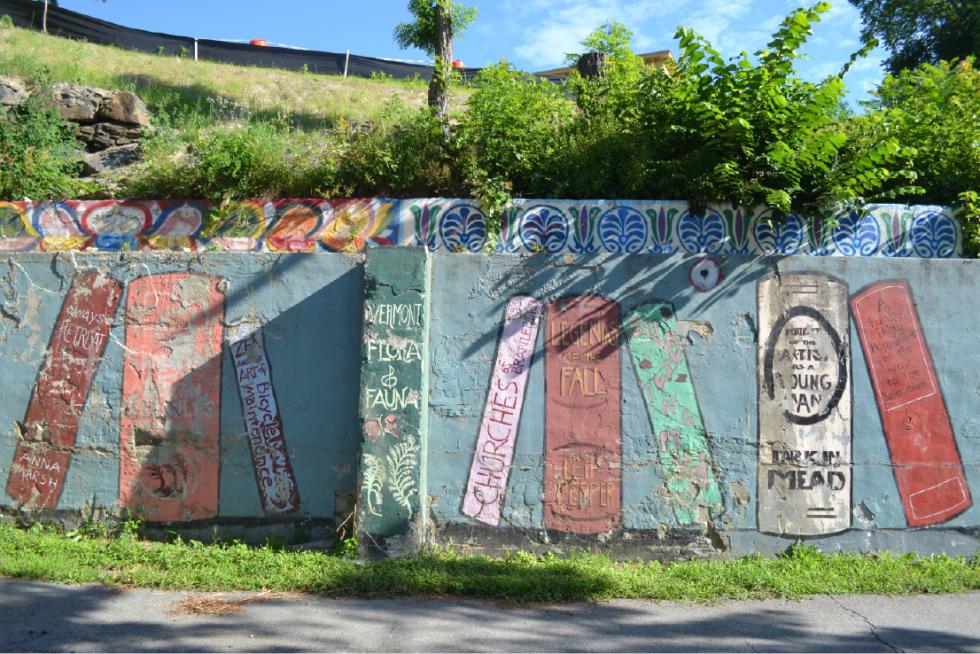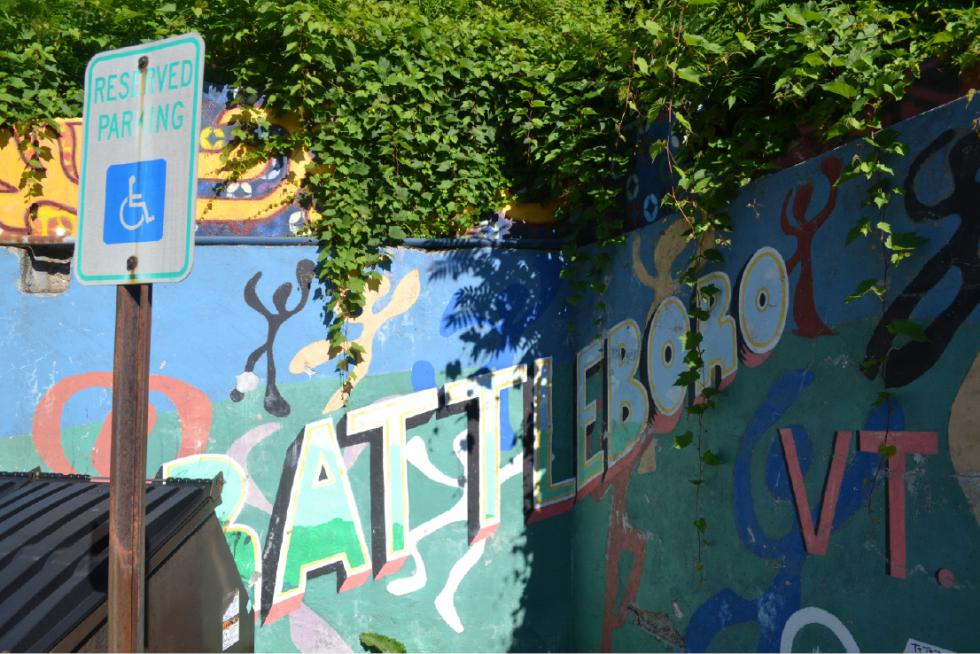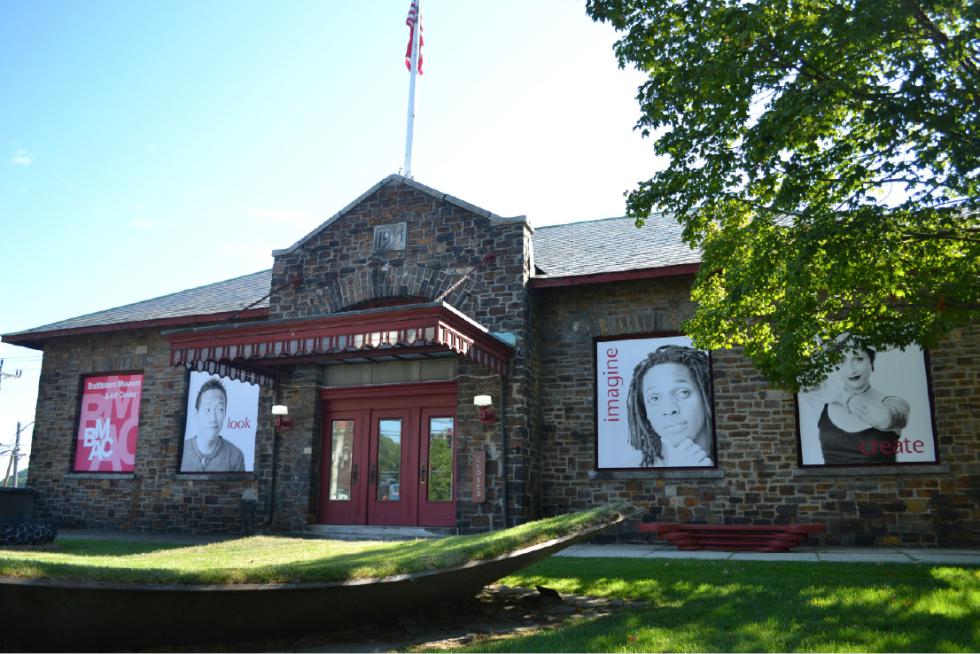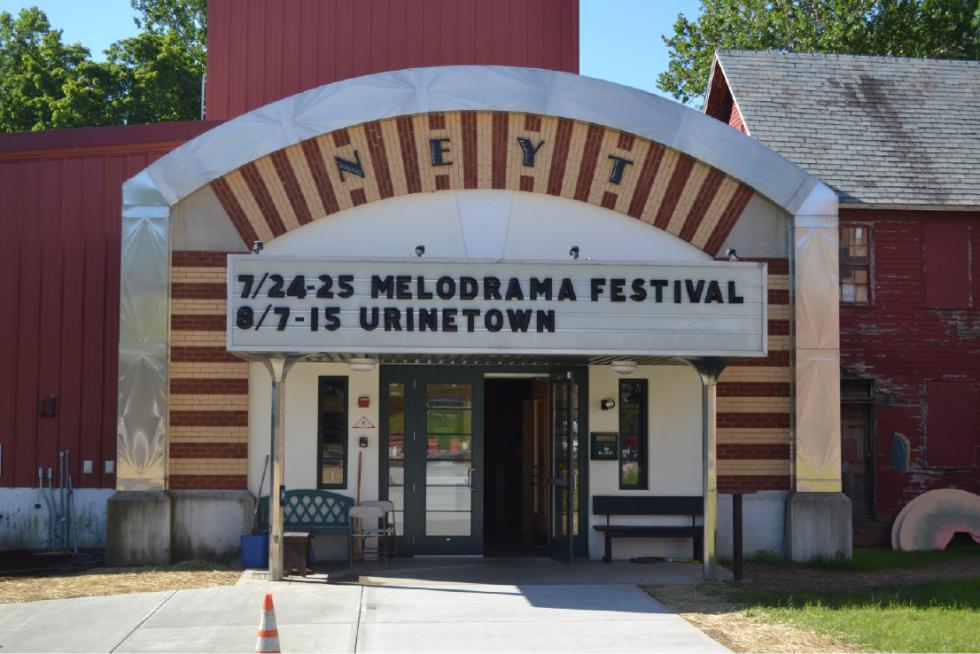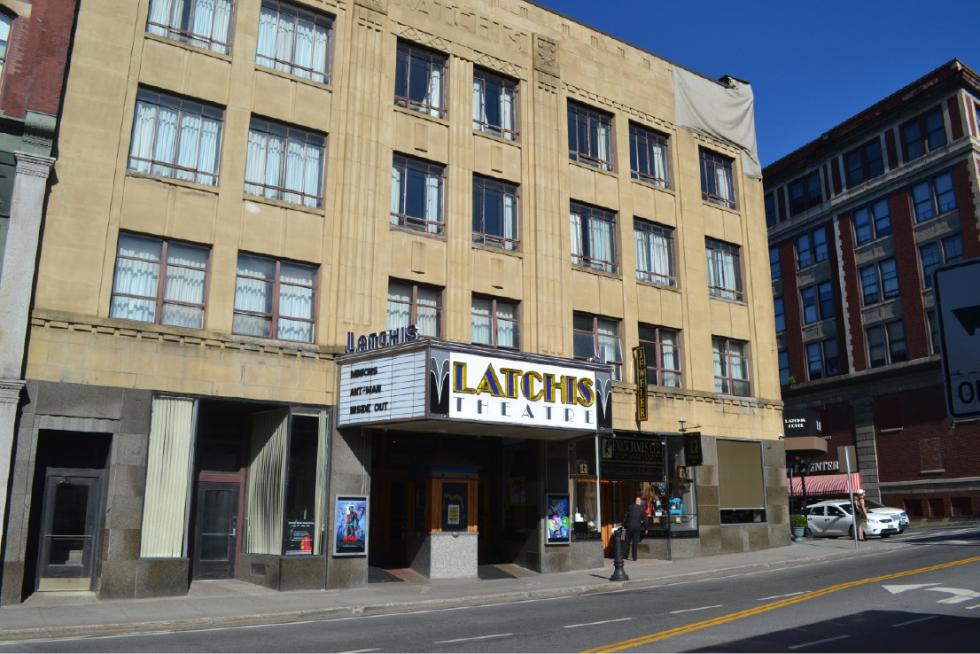The past five years were rough on Brattleboro. In the summer of 2011, tragedy struck the town several times: Tropical Storm Irene caused extensive flood damage, a five-alarm fire destroyed much of Main Street’s historic Brooks House building, and the Brattleboro Food Co-op suffered a fatal workplace shooting.
The southern Vermont town enjoys a strong reputation as a hotbed for live music, performance, and studio art. But the violence of 2011 cut deep, and since then the community has searched for the means to recover.
So when Brattleboro won a $50,000 matching grant from the National Endowment for the Arts in June 2012 to create a public art project or performance, residents pricked up their ears.
The NEA grant program, which is called Our Town, supports “creative placemaking” projects. Simply put, these are projects designed to revitalize communities through culture and the arts. Nationally, the NEA issued 69 Our Town grants in 2015, which total about $5 million.
That’s not bad money, considering that arts funding in America is not exactly robust. State and federal cuts to arts budgets are common these days. In Massachusetts last week, for example, a veto by Gov. Charlie Baker cut more than $2.3 million from the Massachusetts Cultural Council’s budget for fiscal year 2016. Over the following few days, legislators received thousands of emails asking them to overturn the veto, and a letter proposing as much is currently circulating in the State House.
The Massachusetts Cultural Council has a 2016 budget of $12 million. The Vermont Arts Council, by contrast, has a 2016 budget of only $645,000.
But no matter the state, arts grants the size of Our Town — $100,000 all together — don’t come along that often. Right now, the city of North Adams is using Our Town funding to renovate the Mohawk Theater building adjacent to MASS MoCA. In Hartford, the funding has gone toward building a network of pedestrian-friendly public spaces. Up in Burlington, the grant is supporting major improvements to City Hall Park.
Now it’s Brattleboro’s turn.
“There are some amazing things happening here,” said local singer and painter Barbara Holliday. “And I can foresee a lot more of this, as long as we can build some momentum. It’s a matter of connecting people, and connecting the dots.”
The Selectboard officially issued a request for proposals in mid-June. Proposals were accepted through Sunday, July 26. The town plans to choose the grant-funded project on Sept. 15, and hopes to have it completed before July 31, 2016.
What will this new public art project look like? Use your imagination. According to the request for proposals, the town is simply looking for a permanent or temporary piece of public art “intended as a response to Brattleboro’s past, present, and future, its relationship with natural and built landscapes, its cultural heritage, and its vision for itself as a community that embraces arts.”
That wording is intentionally vague, said town manager Peter Elwell, interviewed last week during the final few days of requests for proposals. “There are no limits,” he said, apart from the applicant’s need to demonstrate a capacity for meaningful community engagement. “We honestly mean it when we say propose what you think is best, wherever in town you think is best, and we’ll be excited to consider it.”
Proposals will be reviewed by a screening committee, which will then offer a shortlist of finalists to the town’s Selectboard for approval. With a few days to go, Elwell said that he counted at least 20 groups registered to submit proposals.
Danny Lichtenfeld, the director of the Brattleboro Museum and Art Center, will serve on the screening committee. “This piece could turn out to be any number of things,” he said. “But a good site-specific project will activate its environment in a strong way, and make people see or experience that environment differently. That’s where I think public art can really hit a home run.”
This almost turned into a very different story — one without a happy ending. After receiving the grant in 2012, Brattleboro produced two smaller projects in anticipation of this one. The first — a successful collaboration between the town and the Conway School of Landscape Design in 2013 — produced a whimsical map booklet called “Brattleboro: An Atlas of Cultural Assets.”
But the second program — a series of public panel discussions about the state of the arts in Brattleboro held in 2013 and 2014 — veered at times from the positive and unifying tone that town officials sought to create. Instead, stormy disagreements about several topics — among them the possibility of designating an official downtown arts district — threatened to completely stall efforts relating to the Our Town grant.
By mid-May, this year’s culminating art project was nearly dead in the water, explained town Planning Director Rod Francis.
“By the time we got through those discussions, there was a lot of tension in town about what they really delivered to us,” he said. “What were the lessons and insights that we gained from those talks? As a management team, we felt pretty profound differences about how to move forward, and the project essentially went on the back burner.”
Francis added that while Brattleboro has a vibrant history of arts production, there has not been a coherent and organized structure for these dialogues. The town created an arts committee in 2010, he said, “but overall, we haven’t had a central place for the arts sector to convey what it wants to do, or to resolve how best to use its talents and resources.”
Perhaps these are simply growing pains. Brattleboro is a relatively small town, after all — just over 12,000 residents, according to the 2010 U.S. Census. But Francis thinks that arts communities in Vermont have a steeper learning curve with programs like these compared with arts communities in Massachusetts.
“In college towns like Northampton, you see no shortage of public art,” he said. “But further north in New England, you see fewer commitments to art in the public sphere. In Brattleboro, we don’t have a history of using public art to engage the community. There’s just not much of it around here. That was the whole idea of applying for this grant — to see if, given the resources, we could pull it off and really celebrate the town.”
Fortunately, after a series of Selectboard meetings in May, the fate of the Our Town project began to look more secure. The NEA approved Brattleboro for a one-year extension on the art project. And the community rallied to raise funds — matched dollar for dollar, up to $50,000, by the NEA. In two months, the town’s fundraising total jumped from $22,000 to $56,000.
Francis said that the project is “back on track,” and that he feels this is a chance to heal as a community. “Engrained in this art project competition is a confidence-building exercise,” he said. “We’re teaching ourselves that we can come together and do this, and hopefully do it again.”
In order for the NEA to provide $50,000 as a match, local fundraising needed to hit that same mark. The town achieved this mainly through private individual donations, although the Windham Foundation and the Thomas Thompson Trust contributed, as did the town itself. Francis estimated the donation from the town budget as exceeding $15,000.
Which raises one of those sticky questions that often crop up during talk of arts funding: Where will the town see a payback on investment?
Brattleboro musician Hugh Keelan cautioned against framing the question in simple terms. The positive impacts of a good arts scene, he said, don’t play out in a linear way.
“You can’t draw a straight line between an increase in a town’s artistic activity and an increase in its economic prosperity,” he said.
What the arts have the capacity to create, he continued, is an environment where neighbors and friends inspire and encourage each other to create and produce, regardless of their field of work.
“No ‘art is only for artists,’ ” he said. “As a musician, I make it my business to get outside of my immediate circle. I’m interested in the people who aren’t automatically drawn to the art I provide.”
Keelan, a Brattleboro resident of 18 years, has been helping with local fundraising for the project. He sees signs that the town is coming into a period of revitalization, especially given last year’s reopening of the historic Brooks House on Main Street, which now hosts retail, dining, apartments, and office space.
More downtown activity means new people coming in to live and work in Brattleboro — which is particularly exciting because many of them are students and young people, said Lichtenfeld.
“We have a bump in student population here, and an influx of people into downtown right now,” he said, referring to the new Main Street headquarters for Vermont Technical College and the Community College of Vermont, as well as the Marlboro College Graduate School right next to the museum. “There are more restaurants, fewer vacant storefronts … All of this is positive. It really feels like we’re on the up and up.”
Economic and artistic promise are braided together in a town like Brattleboro. That’s why local artists like Holliday are advocating not just for acts of imagination, but also some blood-and-sweat commitment to making something great.
“Brattleboro is the gateway to Vermont,” she said.
“I’d love to see more galleries open up here. More music clubs. More small theatre companies. More people embracing and supporting the arts. The grant is helping us to think this way. Now we need to put in the work.”•
Contact Hunter Styles at hstyles@valleyadvocate.com.

